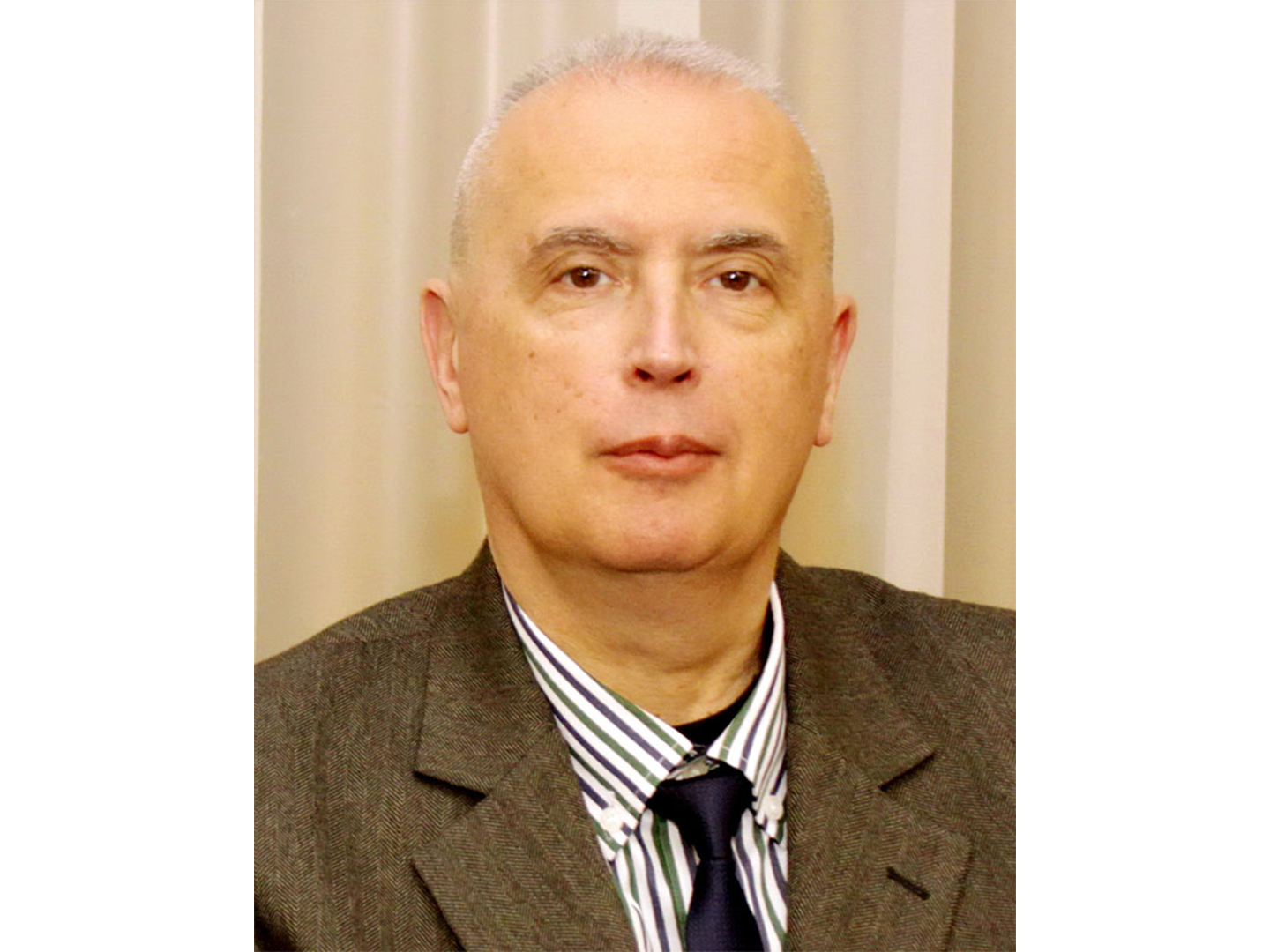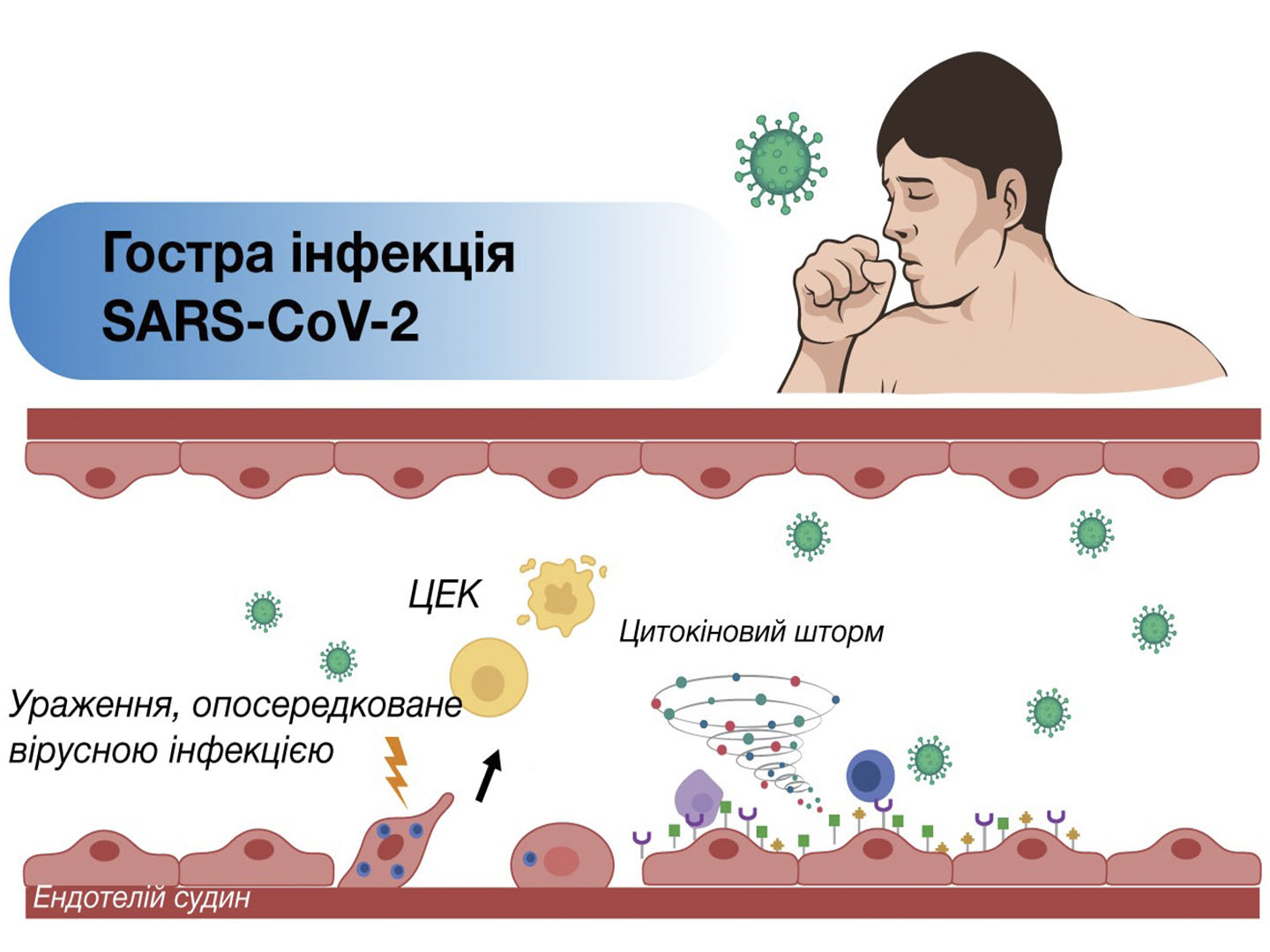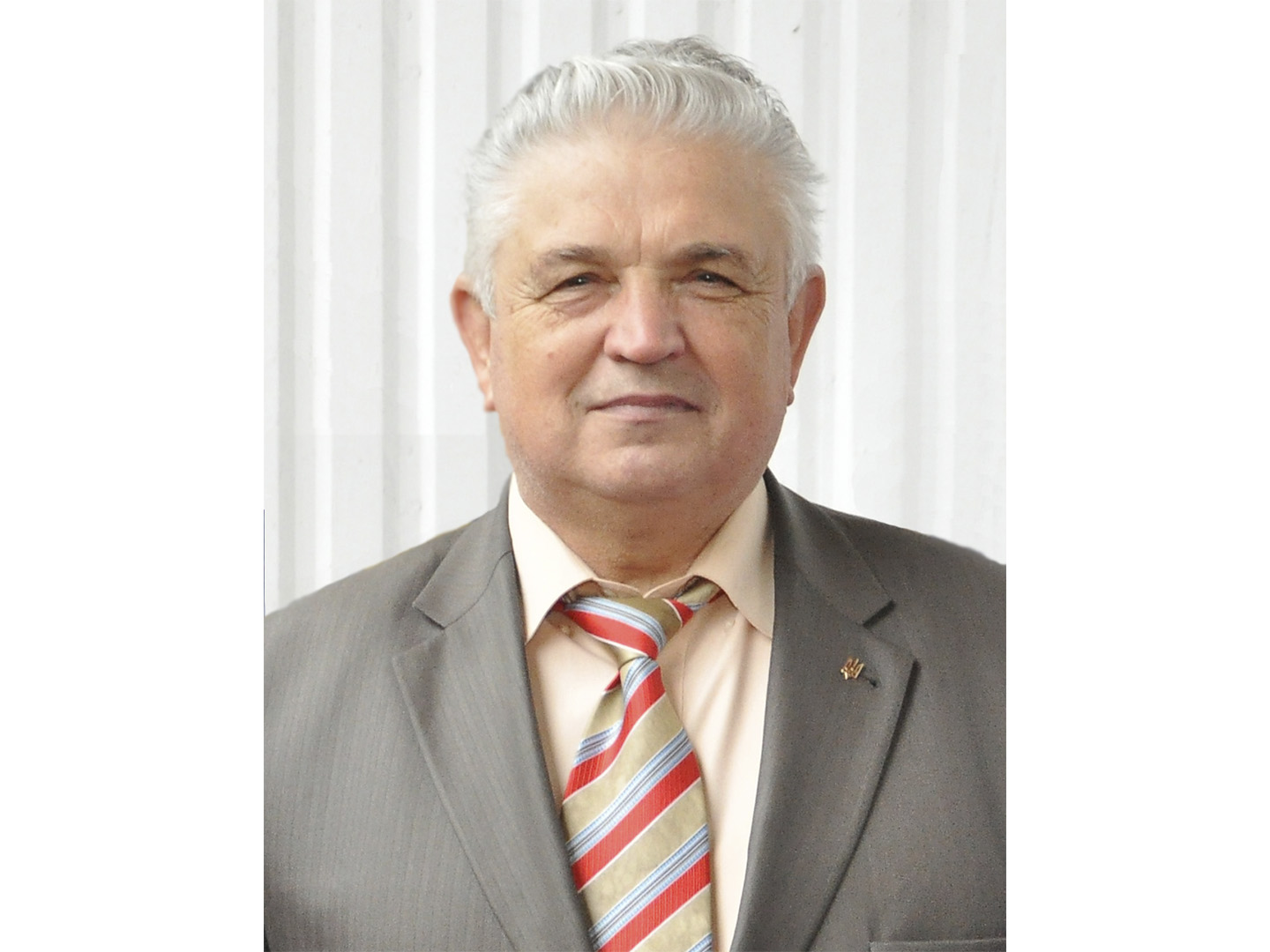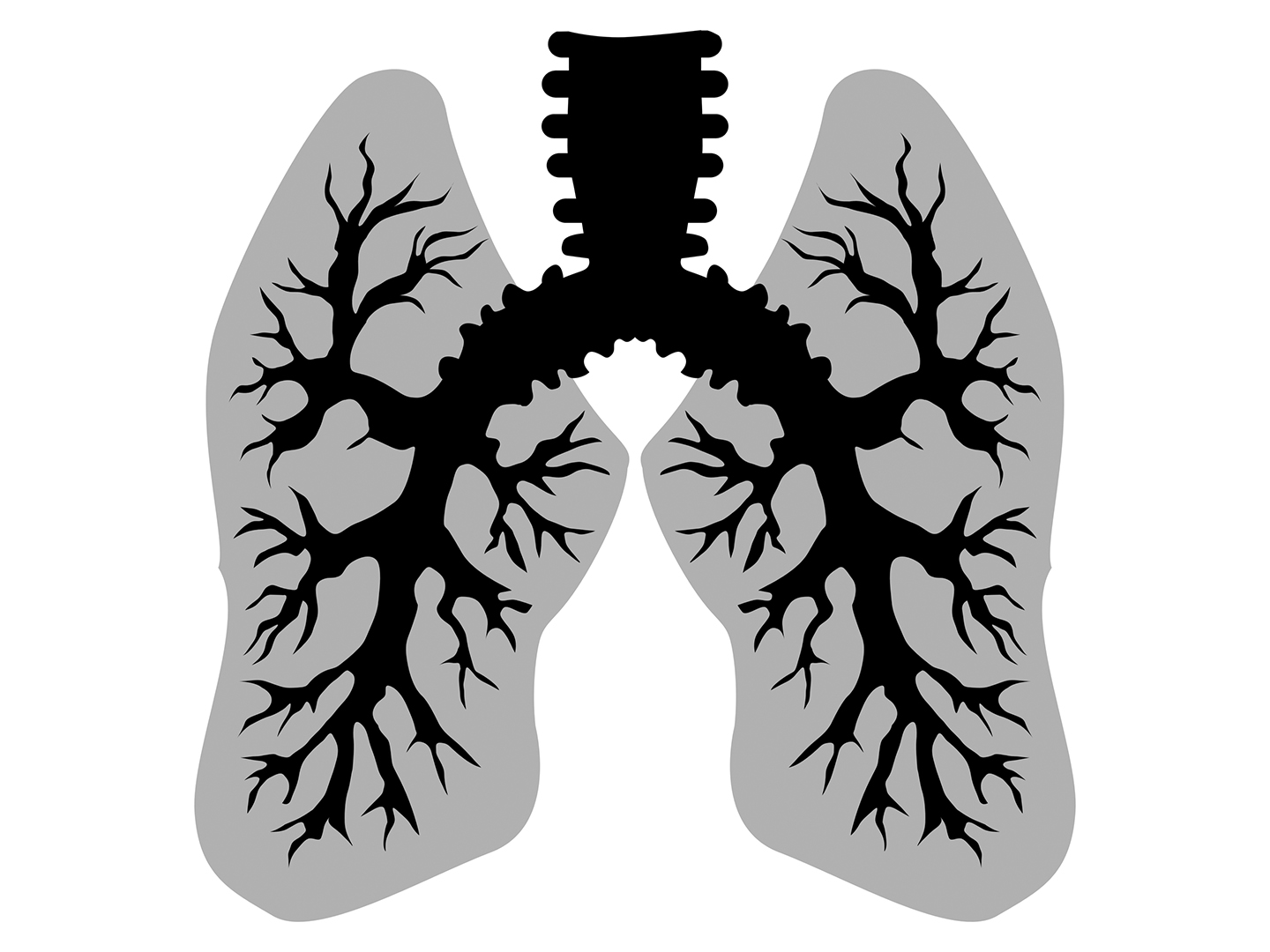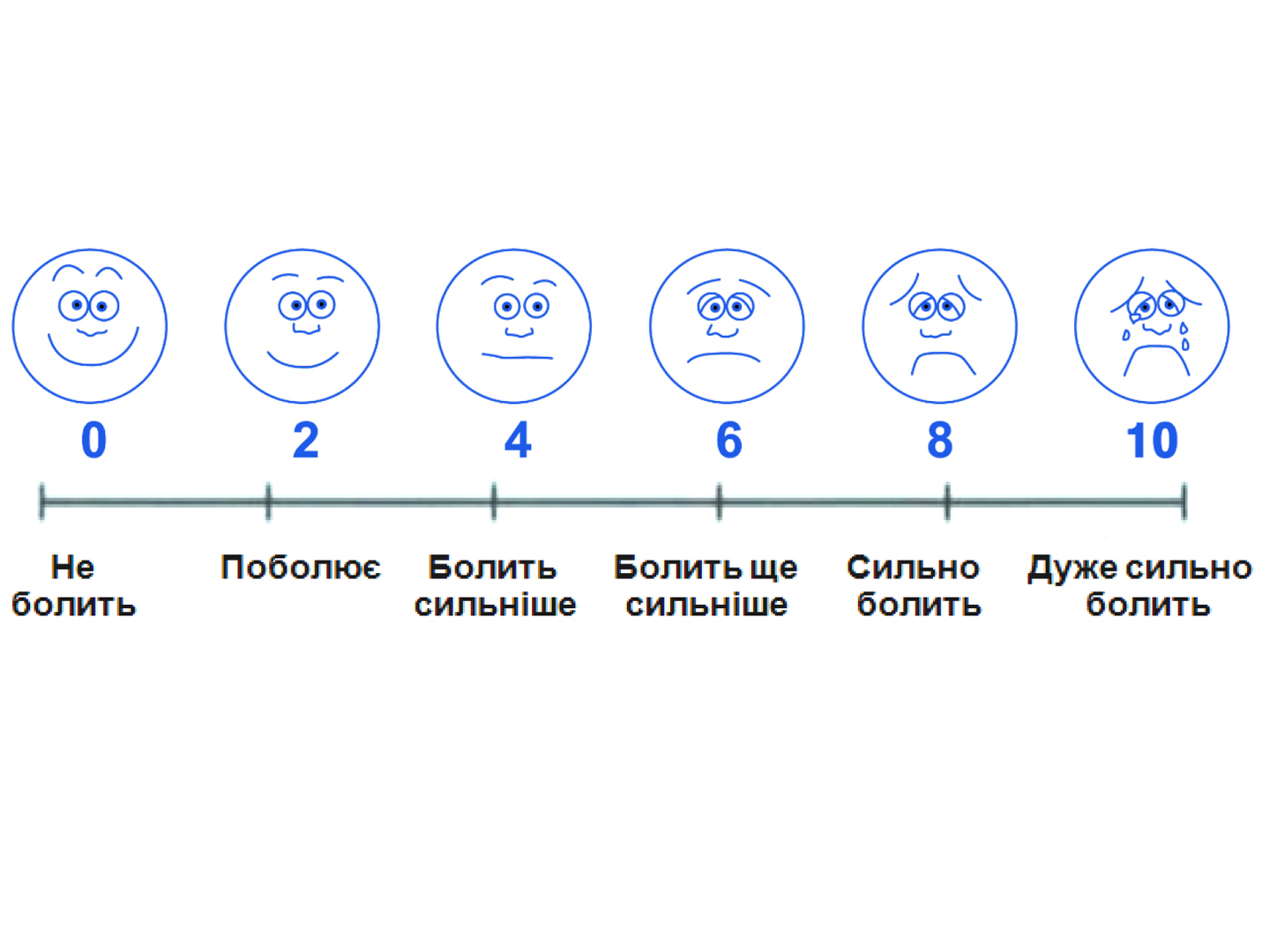New opportunities of using an ischemic cascade blocker in the therapy of acute myocardial infarction

Abstract. Oxidative stress plays a special role in acute coronary syndrome (ACS), in particular, is a leading link in the pathogenesis of reperfusion myocardial damage.
The products of free radical oxidation can trigger the death of cardiomyocytes and are responsible for 50 % of the final size of the necrosis area in ACS, the occurrence of reperfusion arrhythmia, systolic and microvascular dysfunction. Therefore, adequate antioxidant therapy aimed at eliminating reactive oxygen species, activating antioxidants, modulating the processes of immediate and delayed cell death should be an important component of the management of patients with ACS.
Edaravone is the most promising antioxidant and an ischemic cascade blocker due to its pharmacokinetic and pharmacodynamic properties.
According to several experimental and clinical studies, the use of edaravone in patients with ACS leads to a decrease in the free radicals on the background of activation of antioxidant enzymes such as superoxide dismutase, glutathione peroxidase, catalase, to preserve the normal architecture of mitochondria and other cellular structures, to inhibit the expression of various proteins involved in the activation of apoptosis, ferroptosis, and proinflammatory response.
At the clinical level, edaravone helps to reduce the area of necrosis with a significant decrease of plasma levels of CPK-MV, prevents the development of arrhythmias and systolic dysfunction on the background of ischemia/reperfusion.
According to randomized, placebo-controlled studies, the use of edaravone in patients with ACS before reperfusion in the first 6 hours after the onset of symptoms is effective in reducing infarct area and preventing reperfusion arrhythmias. Thus, edaravone is a powerful antioxidant and an ischemic cascade blocker with additional anti-apoptotic and anti-ferroptotic, antinecrotic, anti-inflammatory effects, stabilizes cardiomyocytes and endothelial cells, and its administration in acute coronary syndrome is a promising strategy for the prevention of reperfusion injury, myocardial and vascular remodeling.
Due to its multifaceted effects, edaravone may also be useful in other cardiovascular diseases.
Keywords: acute coronary syndrome; edaravone; antioxidant; review.
Authors: V.M. Zhebel, O.L. Strazhynska. National Pirogov Memorial Medical University, Vinnytsia, Ukraine.
For correspondence: V. Zhebel, MD, PhD, Professor, Head of the Department of internal medicine of the medical faculty 2, National Pirogov Memorial Medical University, Pirogov st., 56, Vinnytsia, 21018, Ukraine; e-mail: redact@i.ua
Literature:
- Палаткина Л.О., Корнеева О.Н., Драпкина О.М. Окислительный стресс – роль в патогенезе хронической сердечной недостаточности, возможности коррекции. Кардиоваскулярная терапия и профилактика. 2012. 11(6). 91-94. https://doi. org/10.15829/1728-8800-2012-6-91-94
- Ali Z.K., Baker D.E. Formulary drug review: edaravone. Hospital pharmacy. 2017. 52(11). 32-736. https://doi.org/10.1177/ 0018578717734877
- Bainey K.R., Armstrong P.W. Clinical perspectives on reperfusion injury in acute myocardial infarction. American heart journal. 2014. 167(5). 637-645. doi.org/10.1016/j.ahj.2014.01.015
- Casas A.I., Nogales C., Mucke H.A., Petraina A., Cuadrado A., Rojo A.I. et al. On the clinical pharmacology of reactive oxygen species. Pharmacological reviews. 2020. 72(4). 801-828. DOI: https://doi.org/10.1124/pr.120.019422
- Chen H., Chen Y., Wang X., Yang J., Huang C. Edaravone attenuates myocyte apoptosis through the JAK2/STAT3 pathway in acute myocardial infarction. Free Radic. Res. 2020. 54(5). 351-359. doi: 10.1080/10715762.2020.1772469.
- Cui Y.G., Lu X.N. Edaravone on reperfusion injury of acute myocardial infarction. Journal of Clinical Medicine in Practice. 2011. 3. 71-73.
- ESC Scientific Document Group, 2020 ESC Guidelines for the management of acute coronary syndromes in patients presenting without persistent ST-segment elevation: The Task Force for the management of acute coronary syndromes in patients presenting without persistent ST-segment elevation of the European Society of Cardiology (ESC). European Heart Journal. 2021. 42(14). 1289-1367. https:// doi.org/10.1093/eurheartj/ehaa575
- Fukuda A., Okubo S., Tanabe Y., Hoshiba Y., Shiobara H., Harafuji K. et al. Cardioprotective effect of edaravone against ischaemia-reperfusion injury in the rabbit heart before, during and after reperfusion treatment. Journal of international medical research. 2006. 34(5). 475-484. https://doi.org/10.1177/147323000603400504
- González-Montero J., Brito R., Gajardo A.I., Rodrigo R. Myocardial reperfusion injury and oxidative stress: Therapeutic opportunities. World J. Cardiol. 2018. 10(9). 74-86. DOI: 10.4330/wjc.v10.i9.74
- Hassan M.Q., Akhtar M.S., Akhtar M., Ali J., Haque S.E., Najmi A.K. Edaravone protects rats against oxidative stress and apoptosis in experimentally induced myocardial infarction: Biochemical and ultrastructural evidence. Redox Report. 2015. 20(6). 275-281. https://doi.org/10.1179/1351000215Y.0000000011
- Hassan M.Q., Akhtar M.S., Akhtar M., Ali J., Haque S.E., Najmi A.K. Edaravone, a potent free radical scavenger and a calcium channel blocker attenuate isoproterenol induced myocardial infarction by suppressing oxidative stress, apoptotic signaling and ultrastructural damage. Therapeutic advances in cardiovascular disease. 2016. 10(4). 214-223. doi.org/10.1177/1753944716630 653.
- Hassan M.Q., Akhtar M.S., Afzal O., Hussain I., Akhtar M., Haque S.E., Najmi A.K. Edaravone and benidipine protect myocardial damage by regulating mitochondrial stress, apoptosis signalling and cardiac biomarkers against doxorubicin-induced cardiotoxicity. Clin. Exp. Hypertens. 2020. 42(5). 381-392. doi: 10.1080/10641963. 2019.1676770. Epub 2019 Oct 20.
- Higashi Y., Jitsuiki D., Chayama K., Yoshizumi M. Edaravone (3-methyl-1-phenyl-2-pyrazolin-5-one), a novel free radical scavenger, for treatment of cardiovascular diseases. Recent Patents on Cardiovascular Drug Discovery (Discontinued). 2006. 1(1). 85-93.
- Homma T., Kobayashi Sh., Sato H., Fujii J. Edaravone, a free radical scavenger, protects against ferroptotic cell death in vitro. Experimental Cell Research. 2019. 384(1). 111592. https://doi. org/10.1016/j.yexcr.2019.111592
- Hou H. Study on the Protective Effect of Edaravone on Myocardial Ischemia Reperfusion Injury. Advanced Emergency Medicine. 2013. 2(1). 10-12.
- Ikegami E., Fukazawa R., Kanbe M., Watanabe M., Abe M., Watanabe M., et al. Edaravone, a potent free radical scavenger, prevents anthracycline-induced myocardial cell death. Circulation Journal. 2007. 71(11). 1815-1820. https://doi.org/10.1253/ circj.71.1815
- Kalogeris Th., Bao Y., Korthuis R.J. Mitochondrial reactive oxygen species: A double edged sword in ischemia/reperfusion vs preconditioning. Redox Biology. 2014. 2. 702-714. https://doi. org/10.1016/j.redox.2014.05.006
- Kikuchi K., Tancharoen S., Takeshige N., Yoshitomi M., Morioka M., Murai Y., Tanaka E. The efficacy of edaravone (radicut), a free radical scavenger, for cardiovascular disease. International journal of molecular sciences. 2013. 14(7). 13909-13930. doi.org/10.1179/1351000215Y.0000000011
- Kiyuna L.A., e Albuquerque R.P., Chen C.H., Mochly-Rosen D., Ferreira J.C.B. Targeting mitochondrial dysfunction and oxidative stress in heart failure: challenges and opportunities. Free Radical Biology and Medicine. 2018. 129. 155-168. doi.org/10.1016/j.freeradbiomed.2018.09.019
- Li Q., Qiu Z., Lu Y., Lu P., Wen J., Wang K. et al. Edaravone protects primary-cultured rat cortical neurons from ketamine-induced apoptosis via reducing oxidative stress and activating PI3K/Akt signal pathway. Molecular and Cellular Neuroscience. 2019. 100. 103399. https://doi.org/ 10.1016/j.mcn.2019.103399
- Mankar V.H. Edaravone based antioxidants for cardioprotection and neuroprotection. Plant. Archives. 2020. 20(2). 3440-3445.
- Murray Ch.J.L., Aravkin A.Y., Zheng P., Abbafati C., Abbas K.M., Abbasi-Kangevari M. et al. Global burden of disease 2019 risk factor Collaborators. Lancet. 2020. 396. 1135-59. https://doi.org/10.1016/S0140-6736(20)30752-2
- Nakamura Y., Yamada Y., Shimomura H., Nagayoshi Y., Tsujita K., Yamashita T. et al. The effect of edaravone on plasma monocyte chemoattractant protein-1 levels in patients with acute myocardial infarction. Journal of cardiology. 2009. 54(3). 416-424. https://doi.org/10.1016/j.jjcc.2009.07.001
- Neri M., Riezzo I., Pascale N., Pomara C., Turillazzi E. Ischemia/Reperfusion Injury following Acute Myocardial Infarction: A Critical Issue for Clinicians and Forensic Pathologists. Mediators Inflamm. 2017. 2017. 7018393. doi: 10.1155/2017/7018393
- Onogi H., Minatoguchi S., Chen X.H., Bao N., Kobayashi H., Misao Y. et al. Edaravone reduces myocardial infarct size and improves cardiac function and remodelling in rabbits. Clinical and experimental pharmacology and physiology. 2006. 33(11). 1035-1041. https://doi.org/10.1111/j.1440-1681.2006.04483.x
- Oyama J., Satoh S., Suematsu N., Kadokami T., Maeda T., Sugano M., Makino N. Scavenging free radicals improves endothelial dysfunction in human coronary arteries in vivo. Heart Vessels. 2010. 25(5). 379-85. doi: 10.1007/s00380-009-1221-7
- Pagliaro P., Moro F., Tullio F., Perrelli M.-G., Penna C. Cardioprotective Pathways During Reperfusion: Focus on Redox Signaling and Other Modalities of Cell Signaling. Antioxidants & Redox Signaling. 2011. 3. 833-850. http://doi.org/10.1089/ars.2010.3245
- Subcommittee U.P., Advantage M., Plan M.S.N., Select C. Required Clinical Documentation for Review. Policy. 2020. 10. 12.
- Tao Xu, Wei Ding, Xiaoyu Ji, Xiang Ao, Ying Liu, Wanpeng Yu, Jianxun Wang. Oxidative Stress in Cell Death and Cardiovascular Diseases. Oxidative Medicine and Cellular Longevity. 2019. Article ID 903056311. https://doi.org/10.1155/2019/9030563
- Tsujita K., Shimomura H., Kawano H., Hokamaki J., Fukuda M., Yamashita T. et al. Effects of edaravone on reperfusion injury in patients with acute myocardial infarction. The American Journal of Cardiology. 2004. 94(4). 481-484. doi: 10.1016/j.amjcard.2004.05.007
- Tsujita K., Shimomura H., Kaikita K., Kawano H., Hokamaki J., Nagayoshi Y. et al. Long-term efficacy of edaravone in patients with acute myocardial infarction. Circulation journal. 2006. 70(7). 832-837. https://doi.org/10.1253/circj.70.832
- Xiang M., Lu Y., Xin L., Gao J., Shang C., Jiang Z. et al. Role of Oxidative Stress in Reperfusion following Myocardial Ischemia and Its Treatments. Oxid. Med. Cell. Longev. 2021. 2021. 6614009. doi: 10.1155/2021/6614009. PMID: 34055195. PMCID: PMC8149218.
- Yellon D.M., Hausenloy D.J. Myocardial reperfusion injury. N. Engl. J. Med. 2007. 357. 1121-1135.
- Zhang G.M., Wang Y., Li X.Y., Xu L., Su S.P., Sun Y.Y. Postconditioning of lactic acid and edaravone reduces apoptosis of myocardiocytes through the p38/JNK pathway. Chinese Journal of Geriatric Heart Brain and Vessel Diseases. 2013. 7. 753-757.
- Zhang G.M., Wang Y., Li X.Y., Xu L., Sun Y.Y., Li Y.Z., Liu L.F. Pharmacological postconditioning with lactic acid and low dose edaravone could attenuate myocardial reperfusion injury through mitochondrial pathway. Zhonghua Xin Xue Guan Bing Za Zhi. 2013. 41(8). 647-53. PMID: 24225235.
- Zhang G.W., Gu T.X., Sun X.J., Wang C., Qi X., Wang X.B., Li-Ling J. Edaravone promotes activation of resident cardiac stem cells by transplanted mesenchymal stem cells in a rat myocardial infarction model. The Journal of thoracic and cardiovascular surgery. 2016. 152(2). 570-582. doi.org/10.1016/j.jtcvs.2016.02.071
- Zhang W.-W., Bai F., Wang J., Zheng R.-H., Yang L.-W., James E.A., Zhao Z.-Q. Edaravone inhibits pressure overload-induced cardiac fibrosis and dysfunction by reducing expression of angiotensin II AT1 receptor. Drug Des. Dev. Ther. 2017. 1. 3019-3033. doi.org/10.2147/DDDT.S144807
- Zhang Y., Xin L., Xiang M., Shang C., Wang Y., Wang Y., Cui X., Lu Y. The molecular mechanisms of ferroptosis and its role in cardiovascular disease. Biomed Pharmacother. 2021. 145. 112423. doi: 10.1016/j.biopha.2021.112423
- Zhao X., Zhang E., Ren X. et al. Edaravone alleviates cell apoptosis and mitochondrial injury in ischemia-reperfusion-induced kidney injury via the JAK/STAT pathway. Biol. Res. 2020. 53. 28. https://doi.org/10.1186/s40659-020-00297-0
- Zhao Z.Q., Velez D.A., Wang N.P., Hewan-Lowe K.O., Nakamura M., Guyton R.A. et al. Progressively developed myocardial apoptotic cell death during late phase of reperfusion. Apoptosis. 2001. 6(4). 279-290.
- Zheng C., Liu S., Geng P., Zhang H., Zhang H., Tang A., Xie X. Efficacy of edaravone on coronary artery bypass patients with myocardial damage after ischemia and reperfusion: a meta analysis. International journal of clinical and experimental medicine. 2015. 8(2). 2205-2211.

